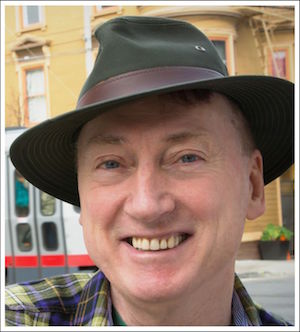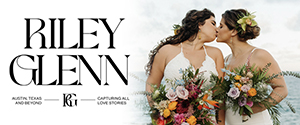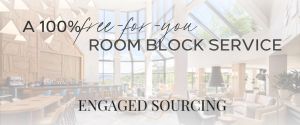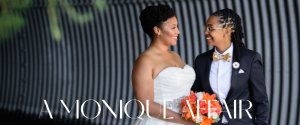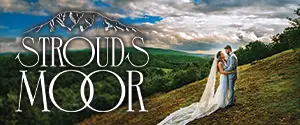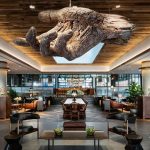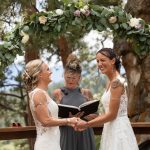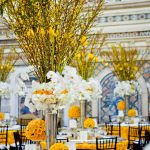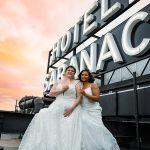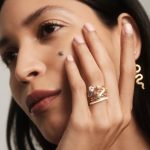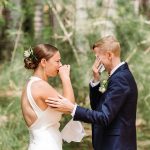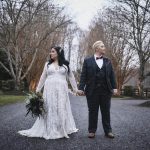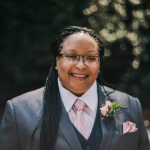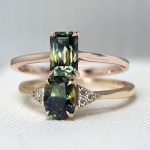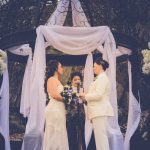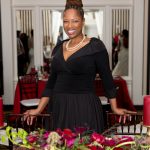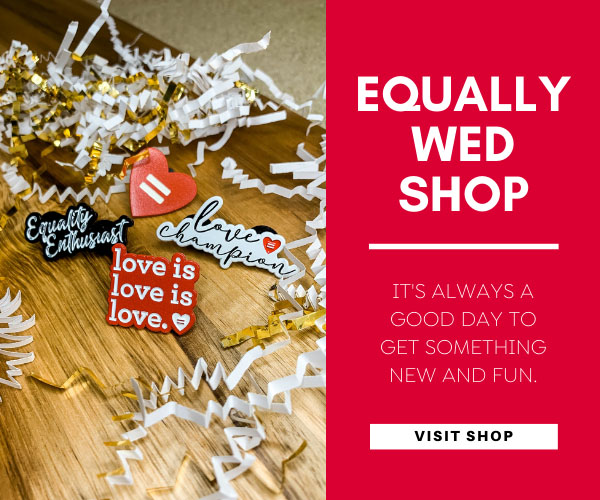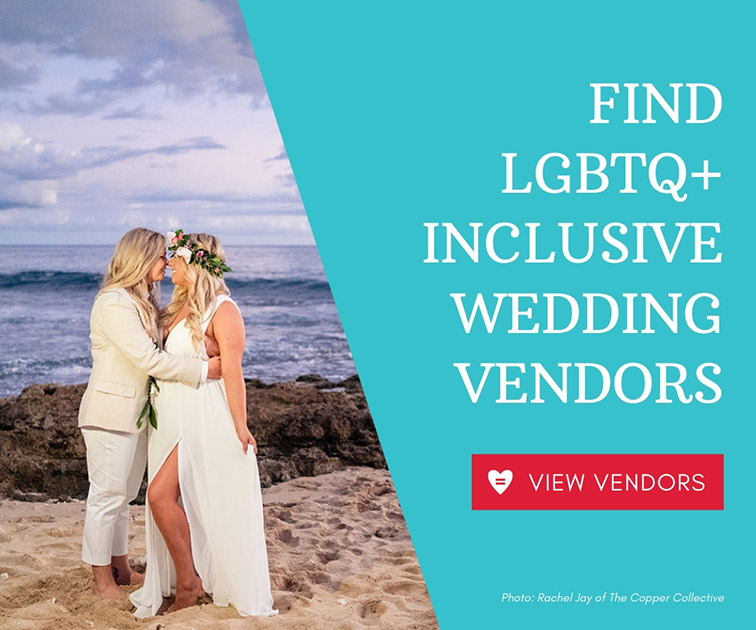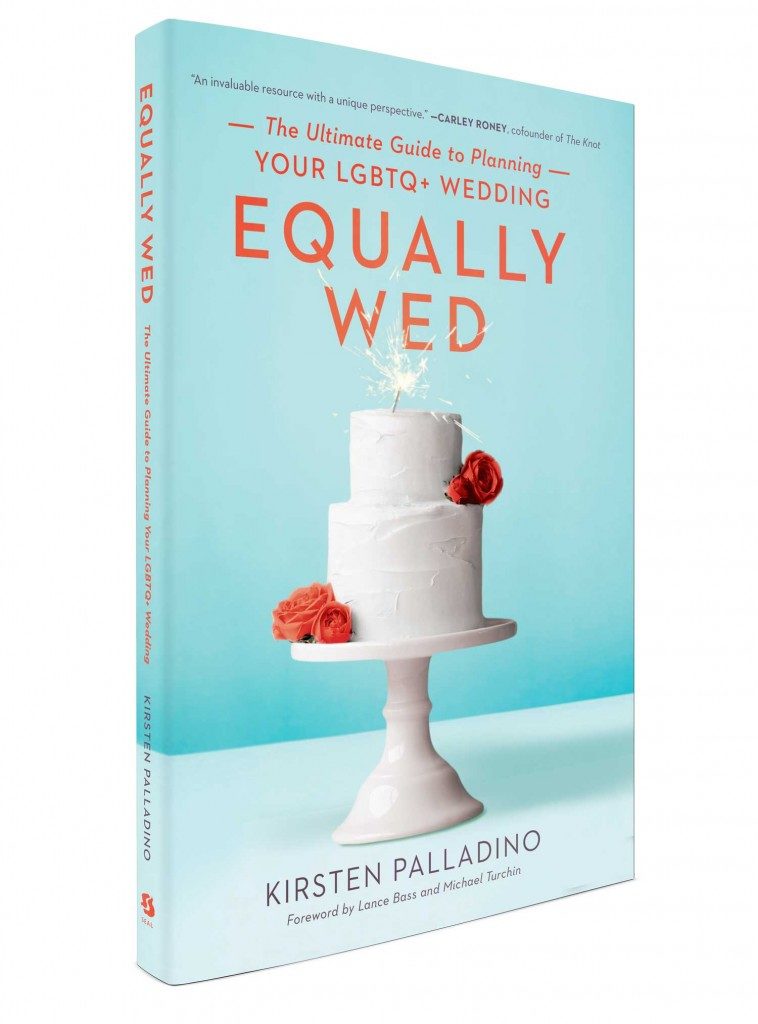President Obama was on TV! It was June 26, 2015, and the president was making a speech about marriage and how it now represented marriage for all. My eyes watered. Not that I had ever thought marriage would be good for me—but I knew many other queer people had been dreaming and hoping to marry. It was time to celebrate. I was wearing my Lady Gaga, 15-inch, come-fuck-me pumps, ready to dance into the night.
San Francisco’s Pride celebration was two days later, and my friends Sean Lee and Lars Johnson came to visit. We watched the Pride Parade live on TV. Other friends dropped in throughout the day. Everyone in my circle of friends and family was much younger than myself, and I could tell these events touched me differently. I was 65 years old, and had been living with HIV for over 32 years. I had survived, but all of my friends and boyfriends from my life before AIDS had passed away. Sean and Lars were 30 years old. It hit me that new generations of gay people will reach adulthood at a very different place in the continuum of opportunities—one that took me fifty years to reach. The 2015 marriage decision represented a monumental leap forward for an old sissy like me. There were deep emotions, and I was at a loss for words.
Come along with me for a brief journey…back to a time when most queer closets were closed and dark.
It was 1974, and I was a naive gay man searching for a new sexual identity in the post-hippie/pre-yuppie/pre-pre-tech-nerd culture of the City by the Bay: San Francisco. In the 1970s, freedom rang in the air, and our city and was a chrysalis bursting with flavor. Closets were opening for a select few. In the 70s, I was the belle of the ball in the city of liberty’s shimmering cocoon. My queer peers and I discovered our identities and unleashed upon the world our magnificent, tarragon-tinged selves. No one thought of marriage back then. We planned our disco attire, recreational drugs, and visits to the baths. We were searching for our hearts’ desire. We shucked off the usual, ho-hum, salt-and-pepper trappings, and assumed eccentric, thyme-infused, Worcestershire-sauced delights. We became exotic, zingy creatures wearing paprika-sprinkled get-ups to express our new, savory selves. For gay men, there was no need to feel down, because we could always stay at the YMCA.
San Francisco girly men merged into a community of individuals, each of us expressing our needs, desires, and cotton-candy dreams. We wrapped our hot bodies in skintight clothing, and donned slog boots for the manhunt. Large, vacant buildings became dick-pounding bathhouses and sex clubs. Old dive bars sprouted glittering wings, and we danced as if morning would never come. The party queens reigned over weekends wrapped in goosebumps, but this dream world encompassed only a few butternut-rum zip codes. We knew how our hand-blown bubble of existence appeared to those in the outside world: a Sodom and Gomorrah dungeon of carnal hedonism.
My city has often been characterized as a cesspit of sin and excess, but people today are somewhat more enlightened. Society’s reappraisal and acceptance of our community has been an amazing evolution to witness, but it didn’t really hit home for me until the day I learned that my ex-flat-mate, Sean Lee and Lars Johnson were engaged to be married.
Yes, California—and all states—now allow same-sex marriage. Mm-hmm. Sean Lee and Lars Johnson: gay married! Well, it made sense—hell, yeah! Pop the champagne cork, sound the party horns, and throw on some Katy Perry. Much like the inauguration of the first black U.S. President, it was a day I never thought I’d live to see. Sensing my jubilation at hearing the news, Sean invited me to witness the ceremony at City Hall. Through a flood of joyful tears, I managed to choke out the words, “Yes! Mazel tov!” I was so happy that I wasn’t just gay—I was Jewish, too.
My heart skipped a few beats as I looked back into the black hole (not a literal reference about glory holes) of gay history and saw the proud streetwalker strides made within this short, disco-to-hip-hop span of my lifetime. In that moment, I realized how the millennial generation is reaping the benefits of the struggles of the generations preceding them. In my early years of frilly faggotry, I had never expected that the freedom I enjoyed within my tiny, insular community would extend to the general population.
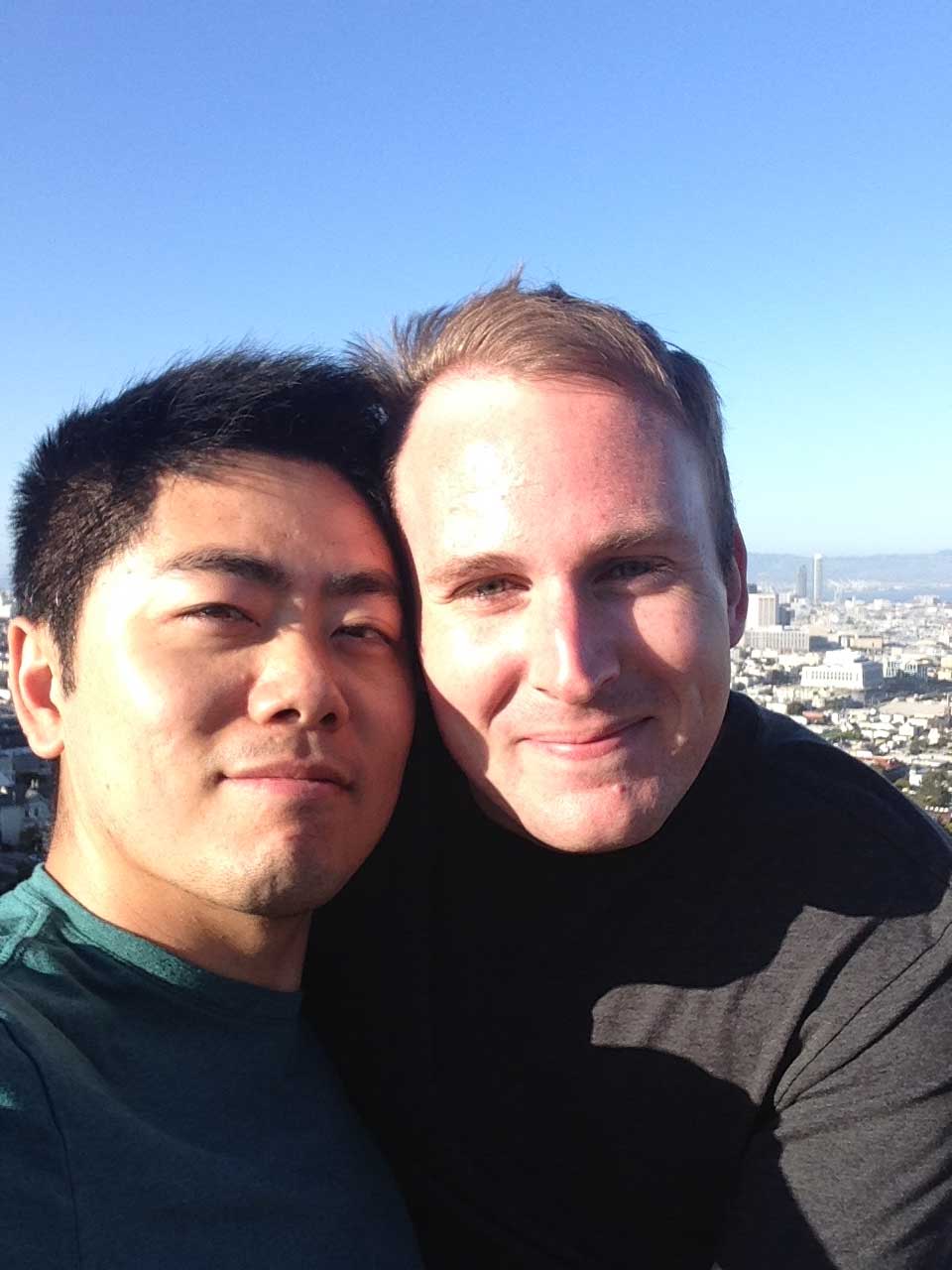
At three minutes to 11 on the morning of the happy occasion, I stood at the corner of Filbert and Kearney Streets, awaiting my Municipal Railway trolley. As I nervously bit my lip and watched the sun beating back the morning fog, a J-car soundlessly wheeled up. Grinning widely, Sean and Lars welcomed me aboard. Lars’ family was already seated, a flurry of nervous hands and friendly anticipation: his mom, dad, two sisters, and young niece. As the trolley sauntered forth, I teetered about on three-inch heels. I was introduced as Todd, Sean’s “gay godmother.” Warm smiles were beamed, giggles rippled, and handshakes proffered as we rattled our way into the underground and headed downtown.
All of a sudden, finding my gay self socially conjoined with the heteronormative made me feel self-conscious. I felt as if I were wearing the lilac dance gown Rita Moreno wore in West Side Story and singing “America” right next to the Brady Bunch. To be myself and respectful at the same time was a death-defying balancing act performed in spiked heels (the good thing about spiked heels is they keep you balanced—or you fall over). As soon as my adrenaline spiked and my girlish excitement took control, I was able to relax a little. During the trolley ride, I learned that Lars’ family was nothing but wonderful and understanding. They were genuinely pleased that he had found happiness with the man he loved.
After the trolley ride, we walked the short distance to City Hall and entered the awe-inspiring domed building. I was familiar with the immense, art-laden complex, as I had worked there as a programmer analyst back in 1975. Feeling amazed and reverent, I recalled a somber moment in ’78, when I had stood uneasily beside the caskets of George Moscone and Harvey Milk, who’d been assassinated by a Twinkie-eating, gay-envious supervisor named Dan White. He’d actually gotten away with blaming his Twinkie addiction for the murder, which seemed doubly horrible. The murders and court process ended in an all-out fag revolt, a violent upheaval against injustice called the White Night riots, which destroyed millions of dollars in city assets by fire and destruction. I connected to that sense of judicial betrayal just as I have connected to the more recent Black Men Matter protests.
[dropcap letter=”O”]ur little party grew when we were joined by three of Sean’s homo-friendly cohorts. We all huddled outside of the office, listening to footsteps clack and echo across the polished granite floors. City Hall’s epic grandeur had survived much social and geological upheaval. The Loma Prieta earthquake of 1989 had nearly destroyed it, but thanks to painstaking renovations, the dome and lofty bulwarks still stood majestic.
I observed handsome Sean interacting with the smaller children. He was every bit the doting uncle. I smiled to myself as he rocked each child in his arms, communicating familial affection with his warm hugs and gentle gaze. Watching him that day, I knew he’d be a great dad. He made the kids laugh. I felt envious of the fact that he might someday have a child. This was another possibility I had never had the luxury of considering.
The magistrate emerged from the rear chamber wearing a long black gown, but no spiked heels. Smiling, with paperwork in hand, she escorted our group to the highest gallery. As we gathered beneath the vaulted canopy, the echoes of our whispered conversations and squeaky shoes ricocheted around its circular ridges. My legs and arms began to tingle with anticipation.
Lars and Sean gazed into each other’s eyes. They seemed to embody the deepest possible connection between two souls. My heart took flight. They had been happy together for over a year, and legal marriage seemed the appropriate and necessary next step. I felt like a proud father. With the rest of us surrounding them in a circle, Lars and Sean stood shoulder to shoulder, facing the justice of the peace.
“We are gathered here today to unite in matrimony Sean and Lars,” said the magistrate. “The marriage contract is most solemn and profound, and it is to be entered into thoughtfully, with deep appreciation for the meaning it imparts and the responsibilities it entails. My words do not marry you; it is the love in your hearts that binds you to one another. Today, you are taking a pledge to enrich each other’s lives, to stand together as partners, to cushion the difficulties and to celebrate the joys. Please remember that love, loyalty, and respect form the foundation of a happy home. Please face each other and hold hands. Do you, Sean, take Lars as your lawfully wedded spouse? To have and to hold, from this day forward, for better or for worse, for richer and for poorer, in sickness and in health, to love and to cherish as long as you both shall live?”
“I do,” said Sean.
[dropcap letter=”I”]f the events of the ’70s and ’80s could be compared to an exploding nuclear bomb with the dust settling afterward, their wedding day felt like the first vestiges of a new life emerging from the rubble: a renewal of gay hope, cherubs making love atop the cultural detritus of the past. I felt giddy. It seemed that all my growing pains and heartbreak had been worthwhile. To see gay love validated by society and sanctioned by law—I couldn’t believe what had just transpired before my eyes. My heart raced as the bright sun scattered its rays across the ancient sculptures. My chest filled with joy, and I could feel the tears clinging to my eyelashes. My face reddened. Was I about to cry? I hadn’t expected this.
“Do you, Lars, take Sean for your lawfully wedded spouse? To have and to hold, from this day forward, for better or for worse, for richer and for poorer, in sickness and in health, to love and to cherish for as long as you both shall live?”
“I do,” Lars said.
“You may exchange rings.”

Nobody made the obvious joke or snickered, which sort of shows how far we’ve come.
Sean slipped one ring onto Lars’ finger, repeating the ceremonial words. Lars placed the other ring on Sean’s finger, and made his own pledge. Mrs. Johnson softly wept. Standing beside her, watching her son embark upon this journey, I felt paternal warmth toward Sean. All things seemed right and good. Tears spilled down my cheeks. I wasn’t embarrassed.
“Now that you have joined yourselves in solemn matrimony, may you strive to meet this commitment with the same love, devotion, and friendship that you possess today. And have fun! Do you promise each other?”
Well, that’s one promise any gay couple can easily stick to.
Sean and Lars smiled into each other’s eyes in a silent pledge.
“And so, by virtue of the authority vested in me by the State of California, I now pronounce you spouses for life. Congratulations! You may kiss if you wish.”
As their lips touched, my knees weakened. I completely lost it. Bawling, Mrs. Johnson and I fell into each other’s arms. The magistrate beamed at our group, her eyes tearing up. “This is a love for all time. I just know it.”
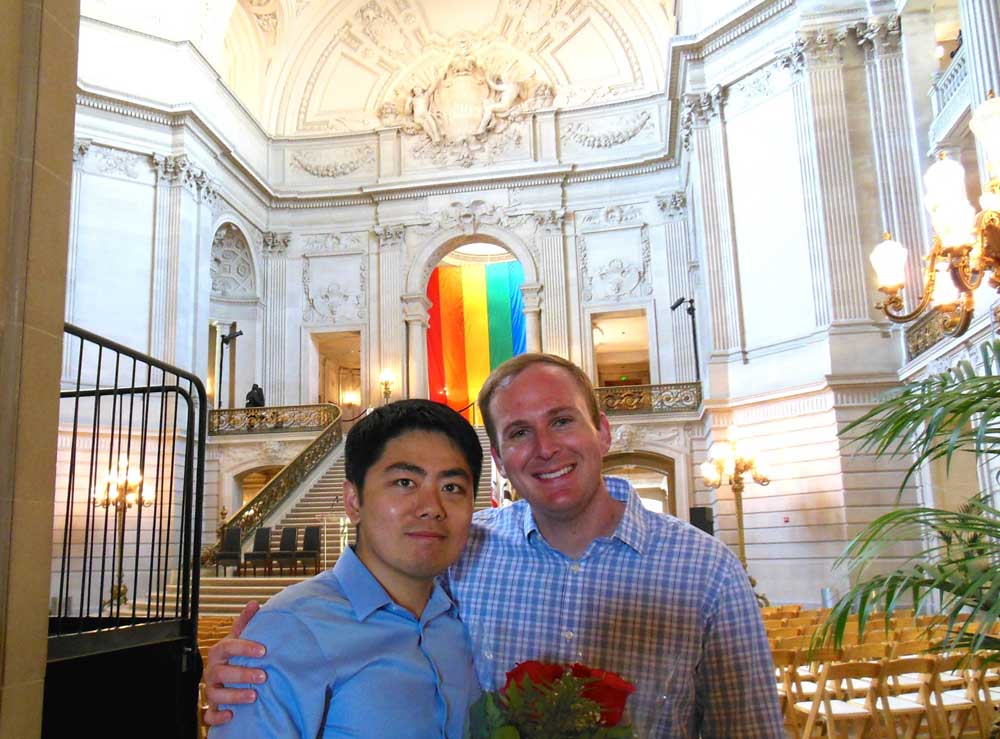
Outside City Hall, Lars and Sean posed for photos—first just the two of them, then the entire wedding party. The magistrate who had performed the ceremony came out through the big doors in normal street attire, and asked to have her photo taken with the couple. “I want to add my blessings. I have a good feeling about you two.”
I, too, had a good feeling about them. I fully appreciated that Sean and Lars were entering a union that was just right for them. Perfect, in fact! My life had taken a specific course without the option of marriage or having children. Sean and Lars were my favorite lovebirds, and their relationship was so beautiful.
To this day, the wider social significance of this event astounds me. I’ve survived cancer, progressive multifocal leukoencephalopathy (PML), Miller Fisher syndrome, and HIV, which have caused me to form my own unique rainbow perspective. I see life as a pink ribbon of wonders. Yes, sometimes it’s complicated and difficult; but I am certain of one thing. Our magic is our love. Each moment you or I experience deep love for another—and feel that love returned—we have captured the essential prize of the universe.
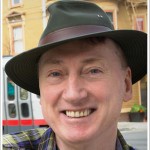 Tim Patten is a retired software executive and a freelance writer who writes about gender. His first book Why I Cheat, examines why men and women are divorcing while marriage rates for straight men are declining. Patten’s second book My Razzle Dazzle, under his pen name Todd Peterson, is his autobiography and coming out story. His latest book, published in December 2015, Roller Babes honors the women of 1950s professional roller derby at a time when women were not allowed in professional sports. This essay is an excerpt of the author’s book-in-progress, titled My Kill Play, his autobiography of his HIV story.
Tim Patten is a retired software executive and a freelance writer who writes about gender. His first book Why I Cheat, examines why men and women are divorcing while marriage rates for straight men are declining. Patten’s second book My Razzle Dazzle, under his pen name Todd Peterson, is his autobiography and coming out story. His latest book, published in December 2015, Roller Babes honors the women of 1950s professional roller derby at a time when women were not allowed in professional sports. This essay is an excerpt of the author’s book-in-progress, titled My Kill Play, his autobiography of his HIV story.



